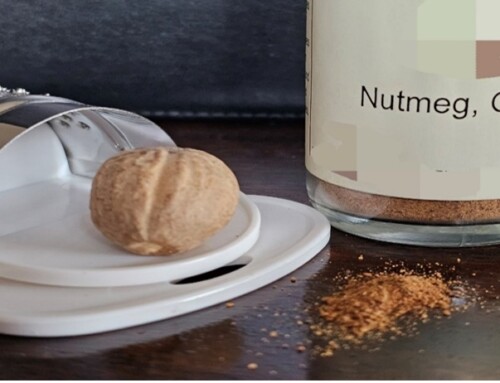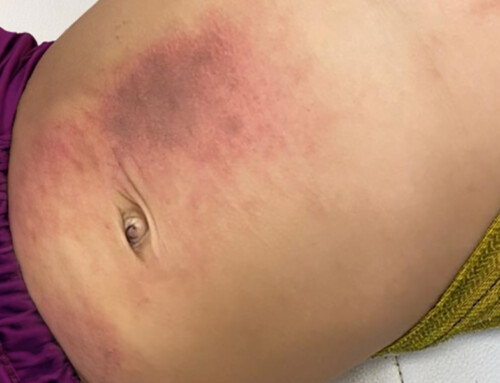 Local anesthetics (LAs) are widely employed to achieve tissue infiltration, peripheral and regional anesthesia, and neuraxial blockades. Despite their well-established toxic dose limits, these agents continue to pose a substantial risk of morbidity and mortality due to local anesthetic toxicity and overdose.
Local anesthetics (LAs) are widely employed to achieve tissue infiltration, peripheral and regional anesthesia, and neuraxial blockades. Despite their well-established toxic dose limits, these agents continue to pose a substantial risk of morbidity and mortality due to local anesthetic toxicity and overdose.
For example, LAs and epinephrine account for a large proportion of medication errors resulting in adverse patient outcomes due to drug dosing miscalculations or errors converting between units. Dosage calculations vary by patient weight as well as by pharmacokinetics and pharmacodynamics of individual LA formulations. Further, non-standard units, additives (epinephrine), and varying concentrations among LAs complicate correct dosage derivations.
Toxicity nomogram
In an effort to curb calculation errors and avert LA toxicity, Williams and Walker derived a helpful nomogram1 to calculate the maximum, weight-based volume of commonly used LAs (lidocaine, prilocaine, bupivacaine, and ropivacaine). This nomogram was validated against a calculator in the original article. Please note that while this nomogram may aid in dosage verification, there is no substitute for a second, independent derivation of the total maximum dose using a different method, as an additional safeguard to prevent dosage error.
Local anesthetic toxicity presentation
LA toxicity presents clinically as a constellation of symptoms including, but not limited to, tinnitus, circumoral tingling, metallic taste, and dizziness. Severe manifestations include altered mentation, arrhythmias, and cardiovascular collapse. Management is predicated upon stopping the offending agent, providing supportive measures, and administering weight-based intravenous 20% lipid emulsion. The authors, Williams and Walker, derived a separate nomogram to guide treatment by calculating the appropriate weight-based lipid therapy, specifying the initial bolus amount, infusion rate, and total maximum dose of lipid emulsion.
Both the toxicity and lipid emulsion nomograms are displayed in this Paucis Verbis card.
Ideal Body Weight (IBW) Calculation
The Devine formulation is the most commonly accepted calculation (most applicable for people at least 60 inches, or 5 feet, tall):
- IBW for men (kg) = 50 + 2.3 * (Height (in)-60)
- IBW for women (kg) = 45.5 + 2.3 * (Height (in)-60)
See the MDCalc calculator for IBW.
Reference
- Williams D, Walker J. A nomogram for calculating the maximum dose of local anaesthetic. Anaesthesia. 2014;69(8):847-853. [PubMed]




